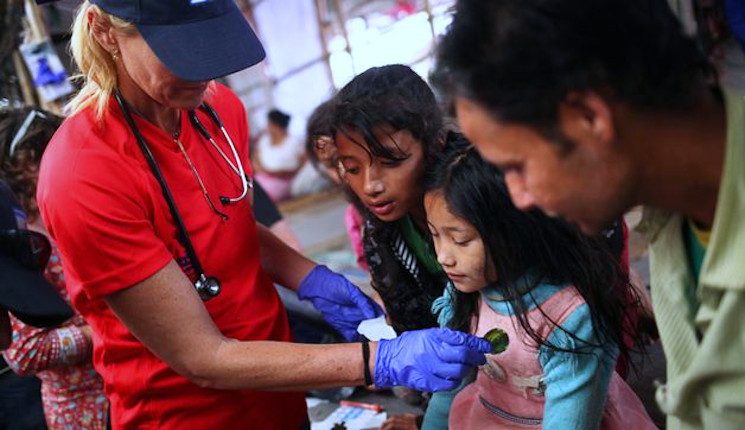
The Asian Association for Emergency Medical Services (AAEMS)
The Asian Association for Emergency Medical Services (AAEMS) is a professional body that aims to build a uniformed Emergency Medical Service across Asia. This organization aims to promote EMS experience and communication on educational profiles.
The Asian Association for Emergency Medical Services (AAEMS) is an important reference organization in Asia. It provides many services to citizens, like the promotion on experience sharing of other EMS systems, acts as advocates for EMS to different communities, creates opportunities for education and training for EMS physicians and providers, collaborates with each other for the advancement of EMS systems and undertakes research projects on pre-hospital care.
The Asian Association for Emergency Medical Services (AAEMS) job: here is what they do
Further, the AAEMS’ work revolves around the premise that the organization is not here to represent the country, but they exist in order to participate in the development of Emergency Medical Services in Asia. Further, it has 5 regional chapters involving different geographies and EMS stakeholders of various countries. These countries are from East Asia, the Middle East and Western Asia, Oceania and South Central Asia.
In line with their vision of promoting and advocating pre-hospital care and Emergency Medical Services system in a range of Asian communities, the organization works to address primary issues in EMS such as:
- Creation of opportunities for education and training for EMS physicians and EMS providers;
- Emergency Medical Services training standards and accreditation;
- Recruitment, retention and career paths of EMS personnel;
- Undertake research projects on pre-hospital care (PAROS, PATOS and more);
- Collaboration with every stakeholder for the advancement of EMS systems;
- Publish the Asian EMS Journal.
The AAEMS roles throughout Asia and not only
At present, the AAEMS tied with assorted partners worldwide to fulfil host roles as well as workshops. They have been organizing training such as on EMS leaders and medical director’s workshops, as well as training courses on dispatching, resuscitation, trauma brain injury and global EMS development. AAEMS has provided a platform for policymakers to share their experiences amongst the members. This initiative is hoped to improve the provision of pre-hospital emergency care in Asia in the near future.
The Asia countries are expected to adopt strategies in improving pre-hospital care as well as their EMS systems. Also, the need to educate citizens, physicians, nurses and paramedics in order to improve the systems have been recognized. Through research conduction and publications from each participating country, these visions are seen to be attained.
The Pan-Asian Resuscitation Outcomes Study (PAROS) chiefly focus on OHCA, bystander CPR, ROSC, and resuscitation rate. The organization’s primary goal is to improve outcomes for OHCA across Asia. On the other hand, the Pan-Asian Trauma Outcome Study (PATOS) take care of the analyses of trauma registries. The goal is to improve trauma outcomes through evidence-based interventions, comprehensive community awareness and public recognition of trauma.
NOTE
In 2009, the Asian EMS council was instituted and was registered on March 22, 2016 in Singapore. The commencement of the annual EMS Asia event is because of the fact that every country has different issues. AAEMS serves as the bridge to share and learn from these countries to save lives for the entire Asian community. The EMS Asia 2016 was held in Seoul where the aim of information sharing has been met. This year, EMS Asia 2018 will be held at Davao City, Philippines.



